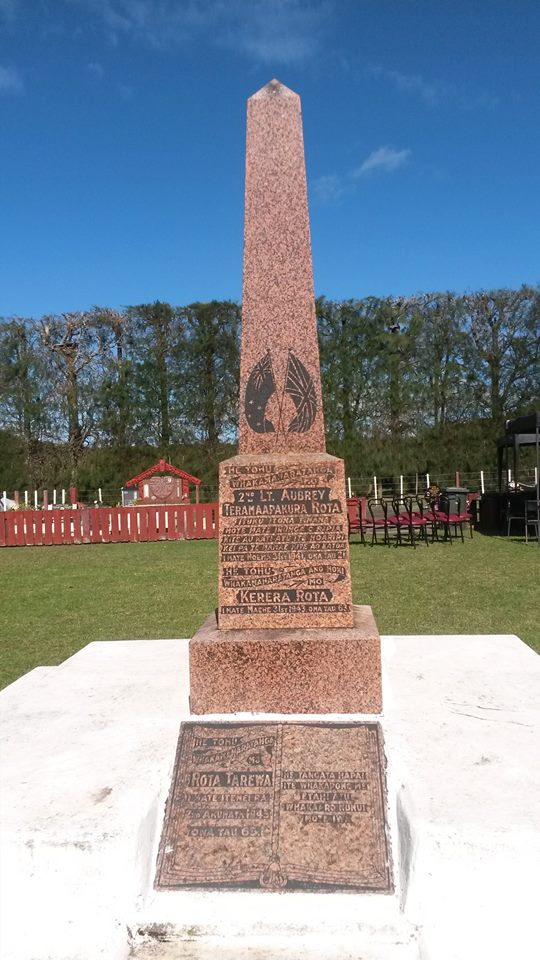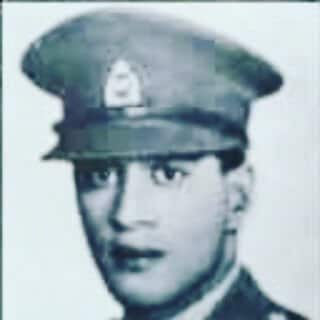I thought it was appropriate to share this true story today on ANZAC day. A proud and loving tribute to my grand uncle 2Lt Aubrey Te Ramaapakura Rota 28th Maori Battalion, who died in combat aged 23.
Well worth the read…
Taiaha versus bayonet
Jeff Evans on Maori combat abilities (WWII)
The old Maori weapon, the taiaha can be deadly when wielded by an expert. This was proved in a taiaha and rifle and bayonet duel at a small arms weapon training school at Maadi, the Middle East, in 1943. The school was an important centre in which soldiers of the 8th Army were given an intensive training course in every infantry weapon, from revolvers to bayonets.
In this particular course there were Americans, Free French, English, New Zealanders, Cypriots, and Canadians. In one of the bayonet fighting sessions, Major Don Steward, a New Zealander, remarked to his hard-bitten instructors: “This is quite a weapon, I only know of one to beat it!” “What’s that?”Asked the instructor. “The Maori taiaha.”“What the hell is that? ”“A fire-hardened wooden stave and fending spear, “replied Stewart. Derision and scorn followed this remark, which stung the Maori to the quick.
As a result, he offered to prove his point. Immediately bets were offered at great odds that the man with a Maori weapon would be dead within seconds against an expert with a rifle-mounted bayonet.
The Maori champion, Lieut. Aubrey Te Rama-Apakura Rota, luckily had one with him. Rota was warned that he would have to take full risk of being wounded or worse, and that the incident was to be officially regarded as an exercise in the combat school, where ‘accidents ‘were fairly frequent.
There would be no holds barred on either side. Stripping off his tunic, the young Maori stood facing the grinning ‘modern soldier ‘in much the same way his forebears had faced the British redcoats a century before. The signal to start was given. The soldier lunged in and thrust in perfect precision, but each move was parried by the light-footed Maori who bided his time and stood on the defensive.
Failing to penetrate the Maoris’ guard, the other soldier grew increasingly angry as thrust after thrust was tossed aside by the stout wooden weapon. Sometimes it was repelled with such violence that the European soldier was flung sideways. Finally, he crouched and charged in directly at the Maoris’ midriff.
This was Rota’s chance. Grasping his weapon firmly, he sidestepped, tipped aside the blind thrust, and caught the lunging figure a smart uppercut in the stomach with the bladed end of the taiaha. In a flash he whirled the weapon about, to crash the business-end on top of his opponent’s skull. Down he went, to be out of action for some days in the camp hospital—another regrettable accident from the small arms school. The effect on those present was profound. Money changed hands at great odds, as the jubilant minority collected.
The story was repeated with almost unbelievable astonishment throughout the Middle East.

Anzac Day is a national day of remembrance in Australia and New Zealand that broadly commemorates all Australians and New Zealanders “who served and died in all wars, conflicts, and peacekeeping operations” and “the contribution and suffering of all those who have served”. Observed on 25 April each year, Anzac Day was originally devised to honour the members of the Australian and New Zealand Army Corps (ANZAC) who served in the Gallipoli Campaign, their first engagement in the Great War (1914–1918).

